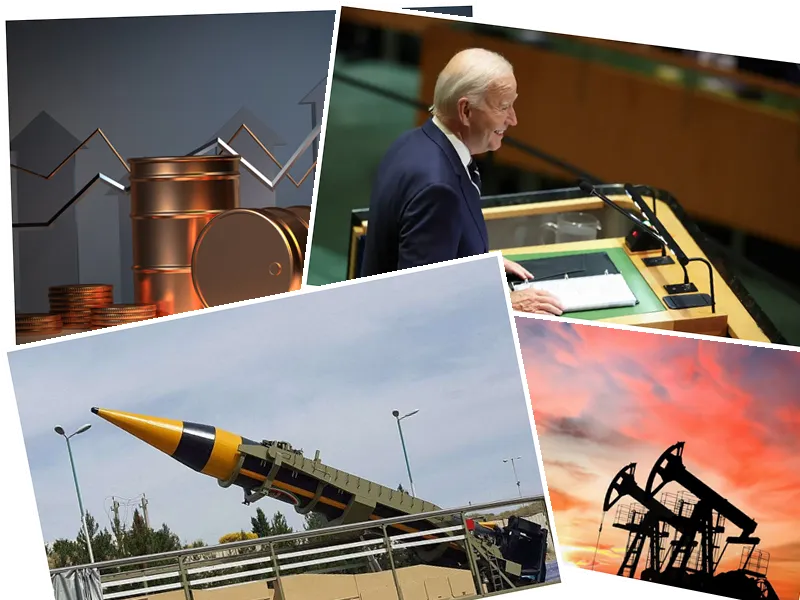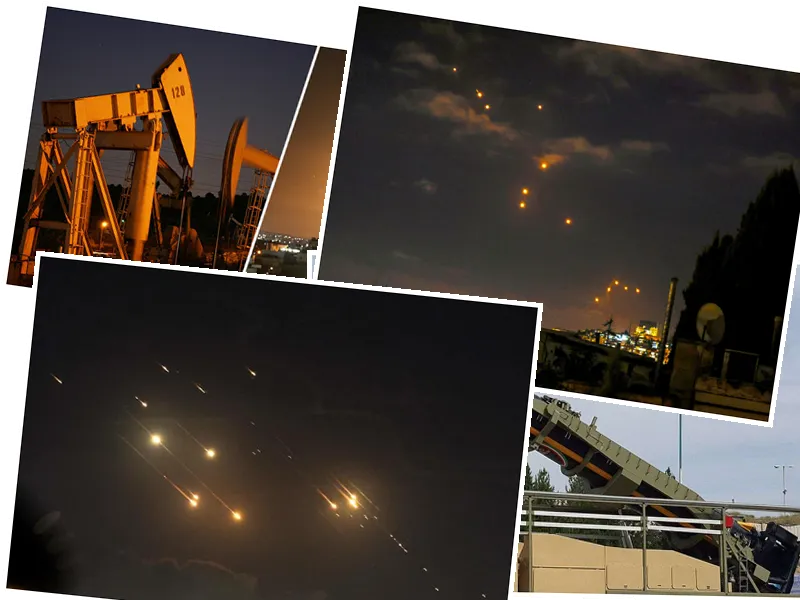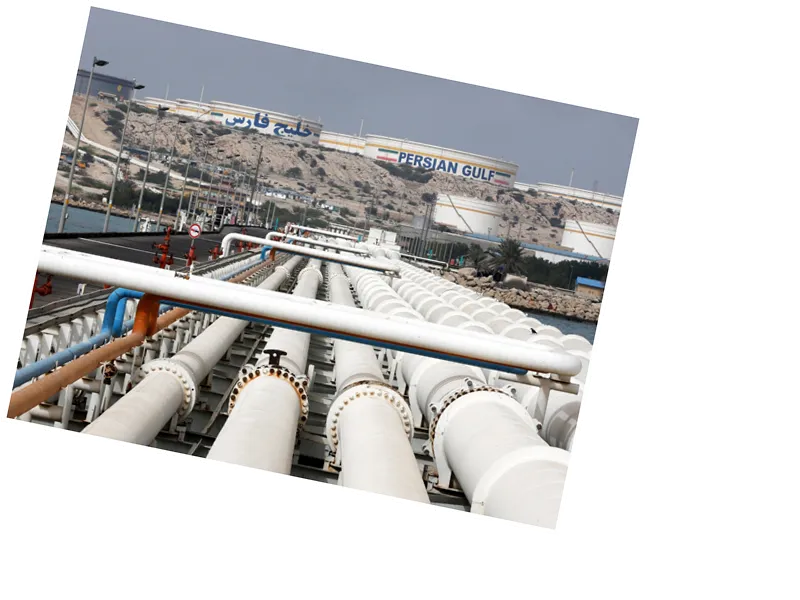Oil Prices Surge Amid Escalating Tensions in the Middle East
Oil prices have surged dramatically as geopolitical tensions escalate in the Middle East, particularly following recent statements from U.S. President Joe Biden regarding potential Israeli strikes on Iranian oil facilities. On October 3, 2024, West Texas Intermediate (WTI) crude rose by 5.5% to nearly $74 a barrel, while Brent crude approached $77, reflecting market anxieties over possible disruptions to oil supply.
The surge in oil prices comes in the wake of a missile attack by Iran on Israeli territories, which has led to fears of a broader conflict. Biden's comments, indicating that the U.S. is discussing support for Israeli military action against Iran, have heightened these concerns. Analysts warn that if Israel targets Iranian oil facilities, it could remove up to 1.5 million barrels per day from the global market, a significant disruption given that the Middle East accounts for about one-third of the world's crude supply.
In addition to these tensions, the U.S. has reported an unexpected rise in crude oil inventories, with a 3.9 million barrel increase last week, suggesting that the market may be better equipped to handle potential supply shocks. OPEC+ is also planning to increase production capacity in December, further stabilizing the market. Despite these factors, the threat of conflict remains a primary concern for traders.
Iran has issued warnings that any Israeli attacks on its soil would lead to retaliatory strikes on oil facilities in neighboring Muslim countries, including Saudi Arabia and the UAE. This rhetoric has only added to the uncertainty in the oil markets, as traders fear that any escalation could disrupt vital supply routes, particularly through the Strait of Hormuz, a critical chokepoint for global oil shipments.
The situation remains fluid, with both the U.S. and Israeli governments weighing their options in response to Iranian aggression. As tensions continue to rise, the oil market will likely remain volatile, reflecting the ongoing geopolitical landscape.





